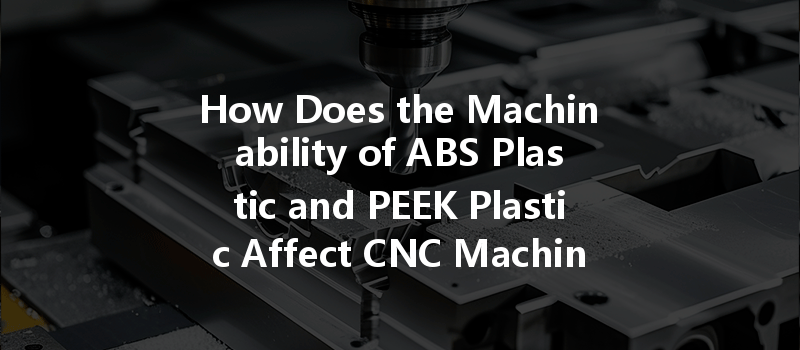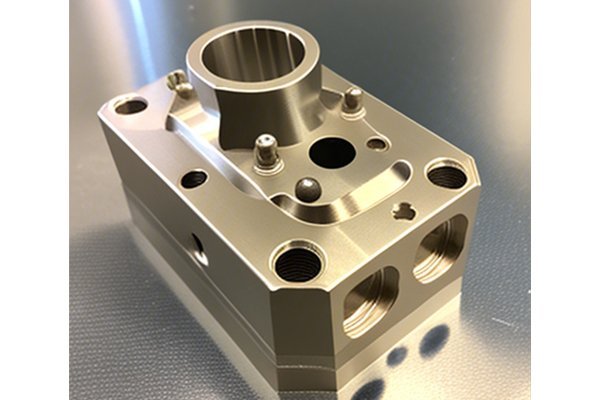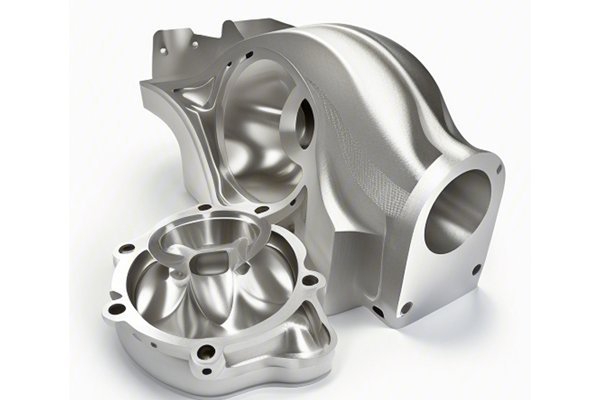An Engaging Opening
Did you know that plastic materials account for over 20% of global manufacturing output? The rise of CNC (Computer Numerical Control) machining in the production of plastic parts has drastically changed the landscape of manufacturing, allowing for unprecedented precision, flexibility, and complexity in design. Among the numerous materials utilized, two of the most prominent are ABS (Acrylonitrile Butadiene Styrene) and PEEK (Polyether Ether Ketone). Understanding the machinability of these plastics is key to unlocking efficiencies that can significantly impact production costs and timelines.
In today’s competitive manufacturing environment, the choice of materials, especially when it comes to CNC machining, can define the overall efficiency, cost-effectiveness, and quality of a project. While metals have been the go-to for many machining operations, plastics like ABS and PEEK have gained popularity due to their unique physical properties, offering advantages that metals sometimes cannot.
But what exactly is machinability? Generally, it refers to the ease and efficiency with which a material can be cut, shaped, or formed using various machining processes. The machinability of ABS and PEEK directly affects the speed, cost, and quality of CNC machining processes. This blog will delve deep into the properties of both materials, how they influence CNC machining efficiency, and strategies for optimizing machining processes.
Understanding Machinability in CNC Machining
Machinability is influenced by multiple factors, including material structure, thermal properties, and tooling options. Understanding these factors is crucial, especially when dealing with specific thermoplastics such as ABS and PEEK.
Definition of Machinability
Machinability can be defined through several parameters:
In essence, the machinability of a material indicates how efficiently it can be turned into a final product using CNC machining techniques.
Properties of ABS Plastic
A Closer Look at ABS
ABS plastic is known for its durability, impact resistance, and ease of fabrication. It is commonly used in a range of industries, from automotive to consumer electronics.
Key Properties of ABS
CNC Machining Challenges with ABS
Despite its favorable properties, CNC machining of ABS is not without challenges.
Challenges
Properties of PEEK Plastic
A Deep Dive into PEEK
PEEK is a high-performance thermoplastic that stands out due to its exceptional mechanical properties and thermal stability. This makes it suitable for high-stress environments such as aerospace and medical applications.
Key Properties of PEEK

CNC Machining Challenges with PEEK
While PEEK offers incredible advantages, it also presents unique challenges:
Challenges
The Effects of Material Properties on CNC Machining Efficiency
Tooling Considerations
Choosing the right tools is critical. For ABS, conventional high-speed steel (HSS) or carbide tooling often suffices. PEEK, however, requires more robust tools capable of withstanding its toughness.
Cutting Speeds and Feeds
Cooling and Lubrication
Effective cooling can significantly enhance machining efficiency, especially for PEEK. Whereas ABS can often be machined dry, PEEK benefits from coolant or lubricant to dissipate heat and reduce thermal build-up.
Practical Strategies to Optimize CNC Machining of ABS and PEEK
For ABS
For PEEK
Machinability is central to CNC machining effectiveness, directly impacting speed, cost, and product quality. ABS and PEEK present distinct advantages and challenges that highlight the importance of understanding material properties in shaping successful manufacturing processes. In a market where efficiency and quality are ever-critical, embracing the characteristics of these thermoplastics — especially in terms of tooling requirements, cutting parameters, and thermal management — can lead to optimized CNC machining processes.
In summary, as manufacturers continually seek to improve their machining strategies, understanding the intricacies of machinability is essential. Whether you’re choosing between ABS and PEEK for your project or optimizing your machinery for efficiency, every decision counts. By understanding how the machinability of these materials affects CNC machining, you can not only enhance your production capabilities but also save time and reduce costs.
Finally, take the time to reflect on how these insights can be applied to your own operations — in an increasingly competitive landscape, every edge you gain counts more than ever.






